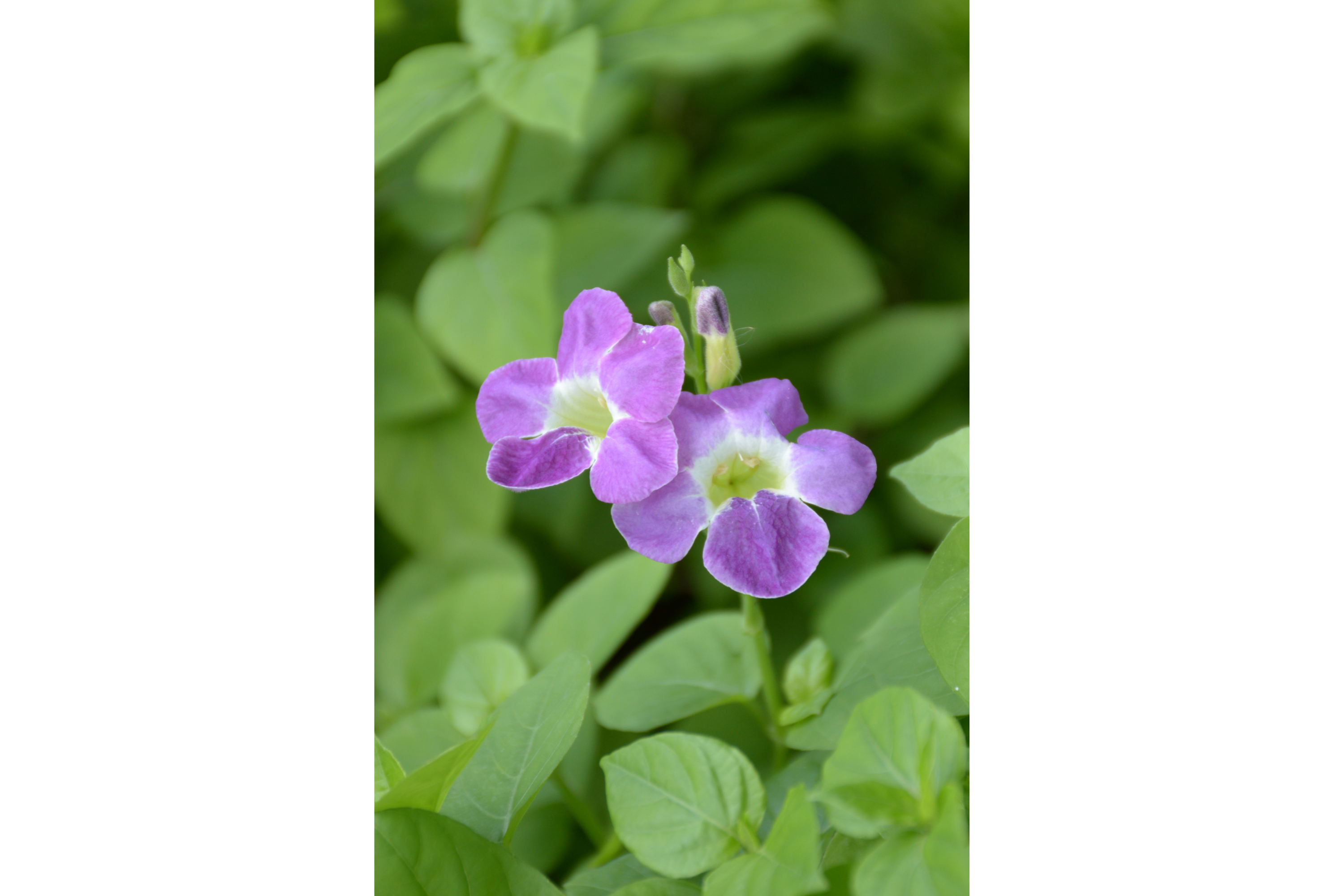Chinese Violet
(Asystasia gangetica)

Description
Asystasia gangetica is a species of plant in the family Acanthaceae. It is commonly known as the Chinese violet, coromandel or creeping foxglove. In South Africa this plant may simply be called asystasia. This plant is a spreading herb or groundcover, reaching 600 mm in height or up to 1 m if supported. The stems root easily at the nodes. The leaves are simple and opposite. The fruit is an explosive capsule which starts out green in colour, but dries to brown after opening. Widespread throughout the Old World Tropics, and introduced into tropical Americas and Hawaii, where it has become naturalized. Both subspecies of this plant have been introduced to Australia where A. g. micrantha is on the National Environmental Alert List and must be reported when found. The original range of the subspecies is unclear, but it is likely that A. g. gangetica was limited to Asia, and A. g. micrantha was limited to Africa. Ernest Akamine (1947) found that there were no apparent dormancy mechanisms operating in the seeds, which germinated freely 135 days after being expelled from parent plants. Flower production can begin as early as 40 days after germination, with seed development beginning after 57 days, facilitating the production of viable seed in as little as 72 days. The seeds are then expelled explosively upon ripening via hooked retinacula (pictured). This is an important plant for honeybees, butterflies and other insects. In southern Africa there are at least seven species of butterfly and moth that use A. g. micrantha as a larval foodplant; Junonia oenone, Junonia hierta, Junonia natalica, Junonia terea, Protogoniomorpha parhassus, Hypolimnas misippus and Microplexia costimaculalis. The vigorous growth of A. g. micrantha in tropical regions makes it a weed which can smother certain indigenous vegetation where it has been introduced.
Taxonomic tree:







